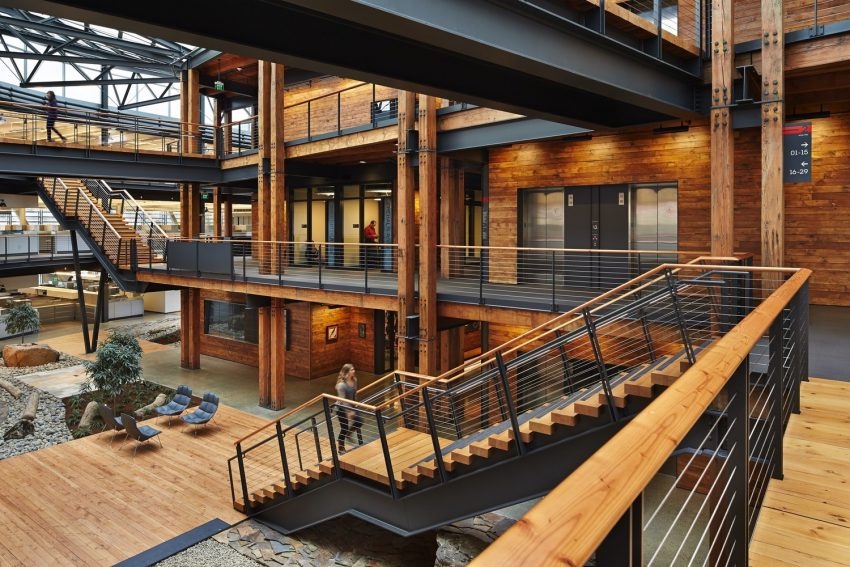
GSA's green investments build results
Post filed in: Green Buildings | Public Buildings Service | Sustainability
In 2009, the Obama Administration signed into law the American Recovery and Reinvestment Act (ARRA), which provided $787 billion to save and create jobs, in part by modernizing infrastructure and investing in clean energy technologies. The U.S. General Services Administration (GSA) received $5.5 billion of ARRA funds to convert federal buildings to high-performance green buildings and to build new energy-efficient federal offices, courthouses, and land ports of entry.
So how did it go? GSA’s investments yielded solid environmental, economic, and social benefits. The agency completed work at over 500 Recovery Act projects in all 50 states, the District of Columbia, the U.S. Virgin Islands, and Puerto Rico. With a strong program that emphasized stewardship, oversight, and transparency, and teams that used creative, integrated systems thinking, GSA completed an unprecedented amount of work in a short time. And now we know the results.
GSA’s ARRA program covered a variety of work, including mechanical upgrades, new lighting, window replacements, cool or green roofs, water-saving fixtures, onsite renewable energy, and necessary repairs. Green building features and practices can show measurable improvements in areas including recycling, sustainable products and materials, overall operation and maintenance costs, and water use.
GSA also installed 30 vegetated “green roofs” through ARRA investments. Green roofs absorb more of the sun’s heat to help keep urban areas cooler and healthier for people and reduce flooding by retaining stormwater that could otherwise overload sewers or flow untreated into waterways.
The results speak for themselves:
- Buildings with completed projects are now 22 percent more energy efficient than they were before ARRA.
- The savings are enough to provide electricity to more than 60,000 U.S. homes, and the greenhouse gas reductions are equivalent to taking 76,000 cars off the road.
- Affected facilities are now using 27 percent less energy per square foot than an average commercial office building, and are even outperforming their ARRA projects’ design energy targets by seven percent.
These efficiency improvements make economic sense, saving taxpayers over $68 million per year in utility costs alone.
Finally, a key Recovery Act goal was to serve as an economic catalyst. To advance economic and social benefits in communities across America, GSA selected projects where work could begin quickly and contracted with competitively-selected private sector architecture, engineering, and construction firms. More than 60 percent of the firms contracted for GSA’s ARRA program were small businesses. Construction of the new U.S. Courthouse in Bakersfield, California, for example, created more than 650 construction jobs, and workers spent up to $200,000 per month of their own income in the local community.
The results show that GSA’s construction and modernization work has built wide-ranging benefits in the areas of environmental stewardship, taxpayer savings, occupant well-being, and local integration. The investments served as an economic catalyst in communities across the country.

 U.S. General Services Administration
U.S. General Services Administration
